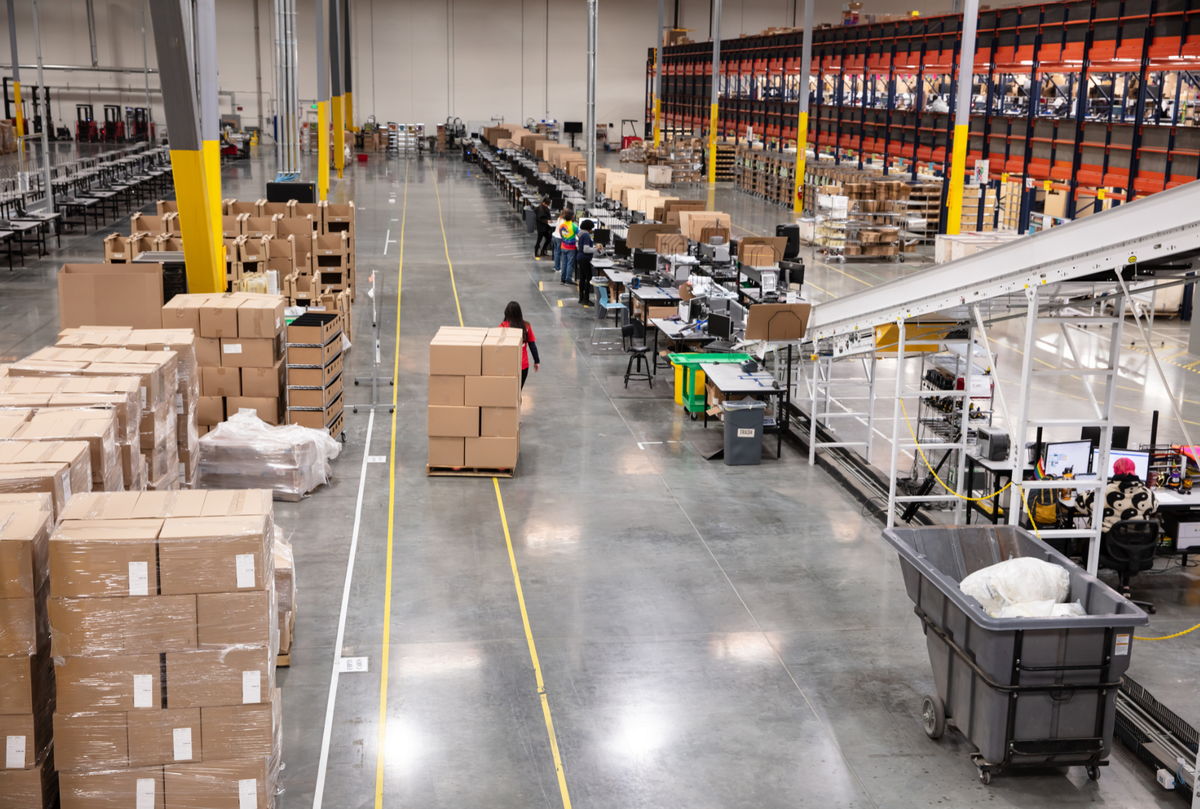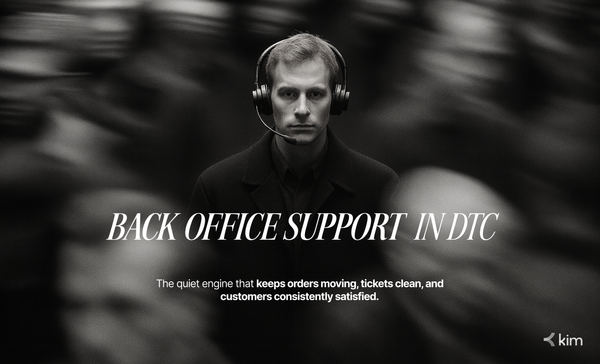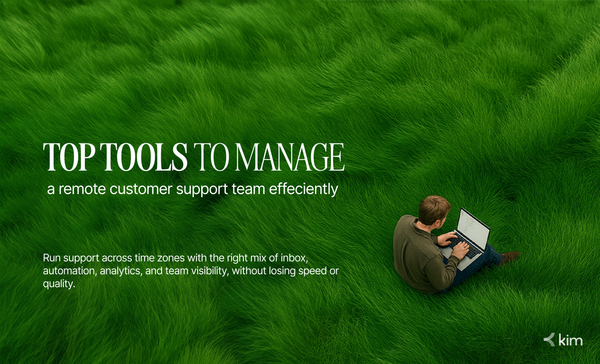Order Fulfillment Best Practices: Navigating the complexities
Master order fulfillment for your DTC brand! Conquer complex ecommerce logistics & deliver a seamless customer experience. Learn best practices & win customer loyalty.

In the fast-paced world of ecommerce, a seamless order fulfillment process is the backbone of customer satisfaction and brand loyalty. For DTC (Direct-to-Consumer) brands, where the customer experience hinges entirely on your control, mastering order fulfillment is crucial for success. This blog post dives deep into the intricacies of order fulfillment in ecommerce, equipping you with the best practices to navigate complex situations and ensure a smooth journey from click to delivery for your customers.
Key Takeaways
- What is Ecommerce Order Fulfillment?
- Challenges and Complexities in Ecommerce Order Fulfillment
- 10 Order Fulfillment Best Practices for Ecommerce Businesses
- Conclusion
What is Ecommerce Order Fulfillment?
Ecommerce order fulfillment encompasses the entire process of getting your products from the warehouse shelf to your customer's doorstep. It involves a series of interconnected steps, including:
- Inventory Management: Receiving, storing, and tracking your product inventory.
- Order Processing: Picking and packing orders based on customer purchases.
- Shipping and Delivery: Selecting a carrier, packaging orders securely, and ensuring timely delivery.
- Returns Processing: Handling customer returns and exchanges efficiently.
Challenges and Complexities in Ecommerce Order Fulfillment
While the basic steps may seem straightforward, several challenges can add complexity to your ecommerce fulfillment process. Here are five common hurdles to be aware of:
- Inventory Accuracy: Maintaining accurate inventory levels is crucial for preventing stockouts and overstocking. Fluctuating demand, forecasting errors, and manual data entry can lead to discrepancies.
- Picking and Packing Efficiency: Inefficient picking routes, inadequate packing materials, and manual order processing can slow down fulfillment and increase costs.
- Shipping Costs: Balancing fast and affordable shipping options can be tricky. Customers expect speedy delivery, but high shipping costs can deter purchases.
- Scalability: As your business grows, your fulfillment needs will evolve. Scaling your in-house fulfillment infrastructure can be expensive and time-consuming.
- Returns Management: A streamlined returns process is essential for customer satisfaction. Complex return procedures can lead to frustration and negative reviews.
10 Order Fulfillment Best Practices for Ecommerce Businesses

By implementing these best practices, you can navigate the complexities of ecommerce fulfillment and ensure a positive experience for your customers:
- Embrace Technology: Invest in an order management system (OMS) or warehouse management system (WMS) to automate tasks, improve inventory visibility, and streamline order processing.
- Optimize Inventory Management: Implement forecasting techniques, conduct regular inventory audits, and leverage data analytics to maintain optimal stock levels.
- Strategize Warehouse Layout: Design your warehouse for efficient picking and packing. This may involve zoning areas for specific product categories and implementing a logical picking route.
- Invest in the Right Packing Materials: Utilize high-quality, appropriate packaging materials to ensure products arrive safely without damage. Consider eco-friendly options to appeal to sustainability-conscious customers.
- Partner with Reliable Carriers: Negotiate competitive shipping rates with reputable carriers and offer a variety of shipping options to cater to different customer needs and budgets.
- Set Clear Customer Expectations: Be transparent about shipping times and costs on your website. Communicate any potential delays proactively and keep customers updated on their order status.
- Outsource if Necessary: Consider outsourcing fulfillment to a 3PL (Third-Party Logistics) provider if your business is experiencing rapid growth or your in-house capabilities are stretched.
- Embrace Automation: Explore automation opportunities within your warehouse, such as conveyor belts or automated picking systems, to improve efficiency and accuracy.
- Prioritize Pick-and-Pack Efficiency: Implement a picking strategy like zone picking or batch picking to optimize the order fulfillment process. Train your fulfillment staff on proper picking and packing techniques to minimize errors.
- Simplify Returns Management: Offer a clear and hassle-free returns policy to build customer trust. Utilize a user-friendly returns portal on your website and provide clear instructions on how to initiate a return.
Conclusion
By mastering the art of order fulfillment, you can ensure your DTC brand delivers a consistently positive customer experience. By implementing these best practices and adapting them to your specific needs, you can streamline your fulfillment process, reduce costs, and propel your ecommerce business towards success. Remember, a smooth fulfillment operation is a vital investment in building long-term customer loyalty and driving repeat business.
Kim virtual assistants are your secret weapon for success. Designed specifically for direct-to-consumer businesses, Kim seamlessly integrates with your workflow, boosting your efficiency and helping you achieve your goals. Book a demo now.




